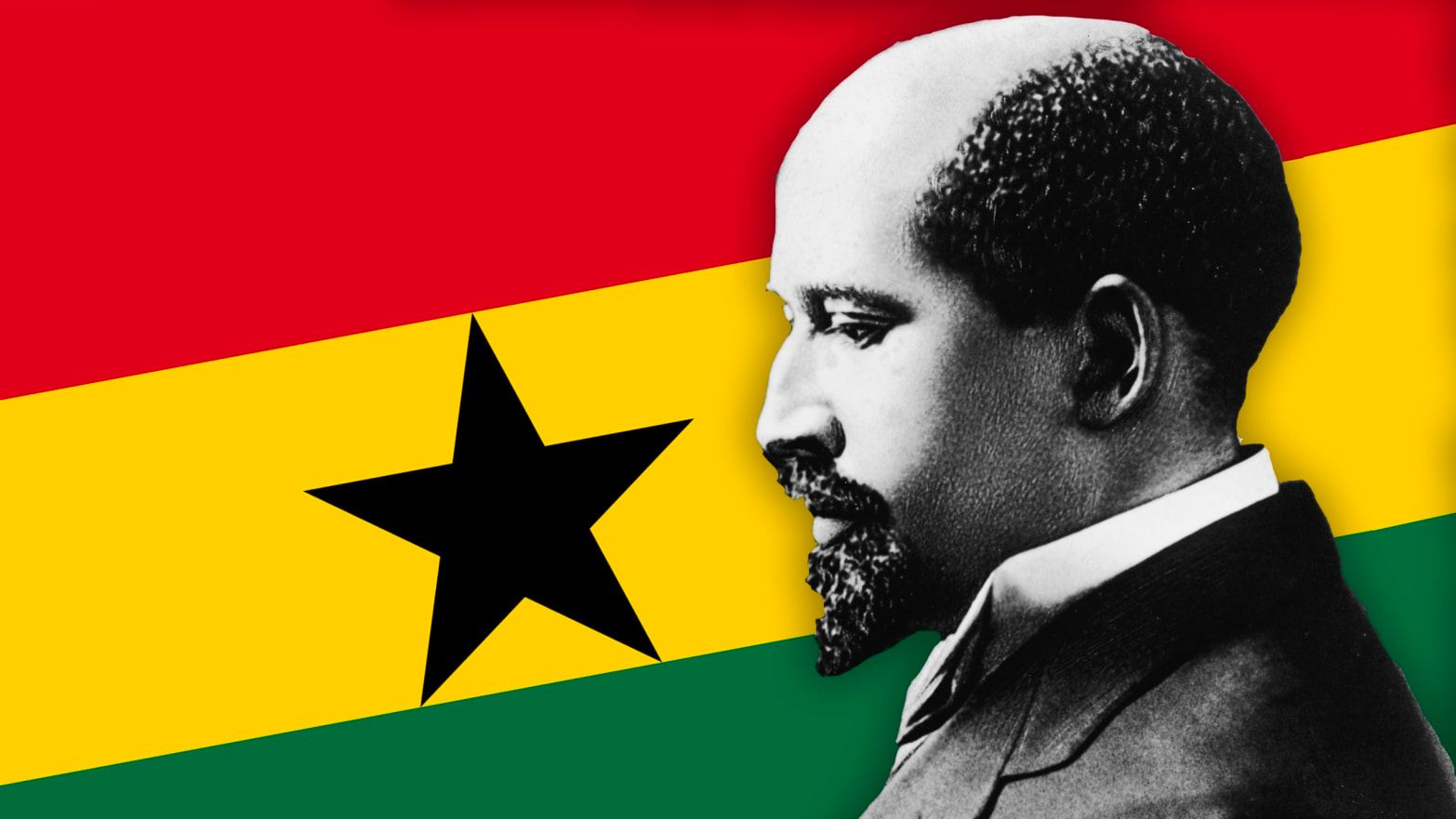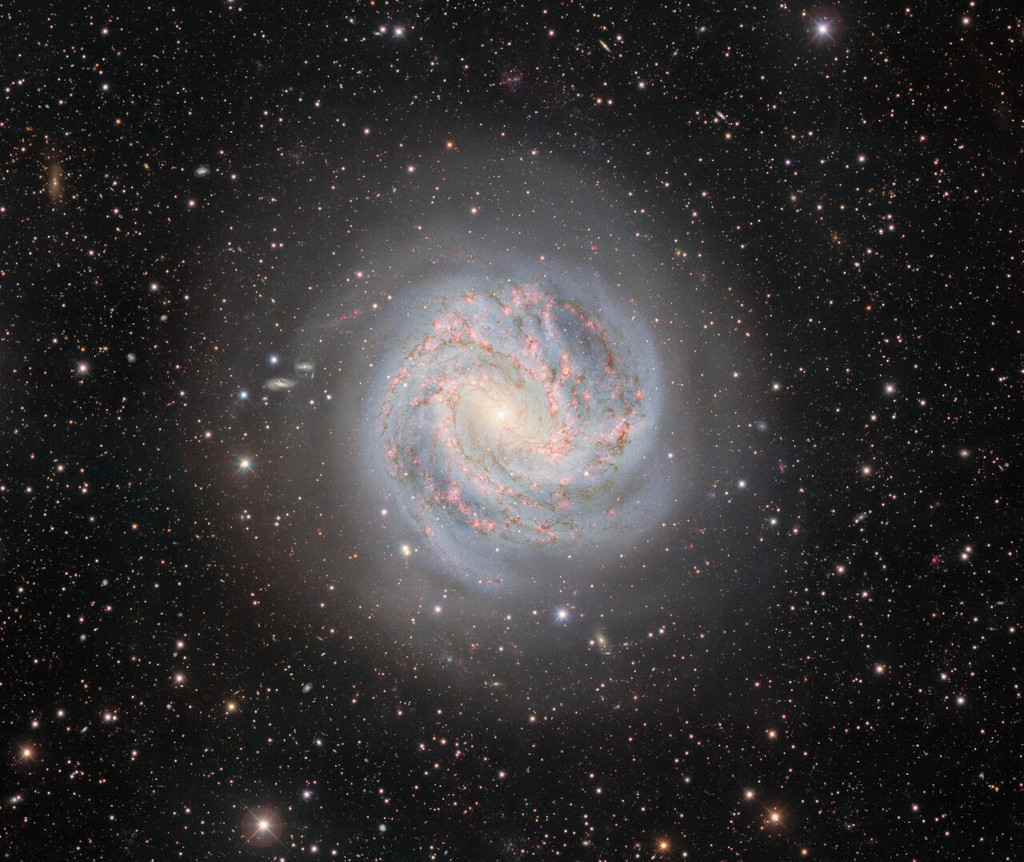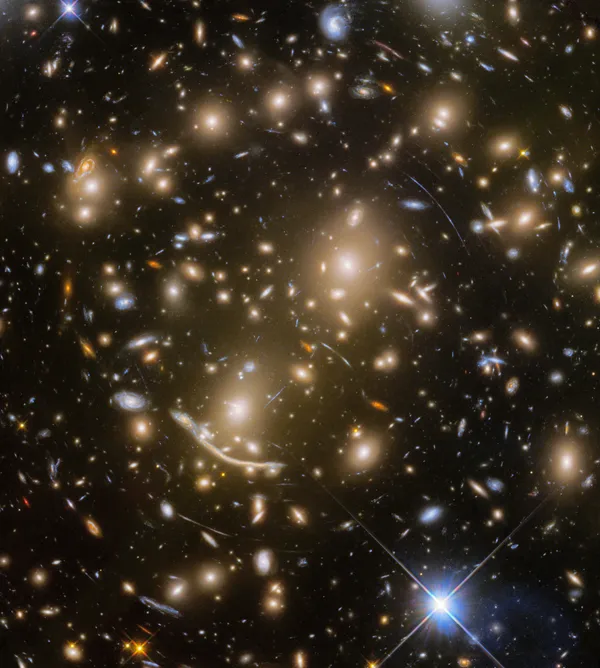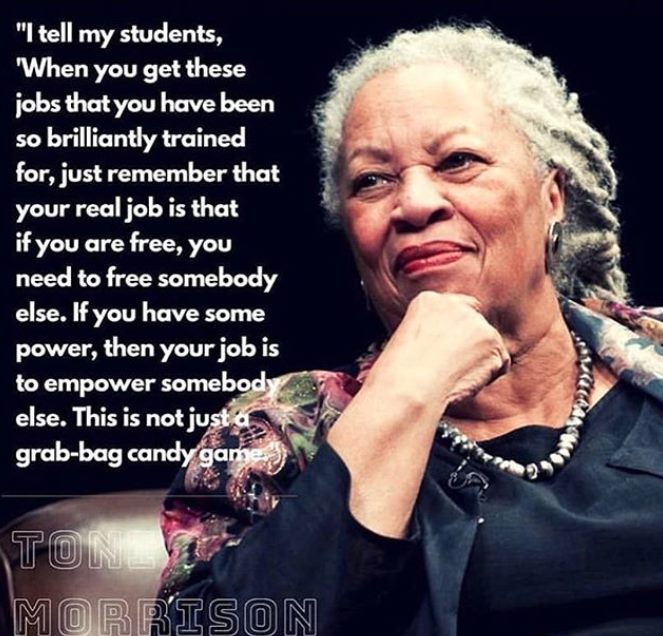Blog

Beautiful and bright spiral galaxy M83 lies a some twelve million light-years away, near the southeastern tip of the very long constellation Hydra. Prominent spiral arms traced by dark dust lanes and blue star clusters lend this galaxy its popular name, The Southern Pinwheel. Still, reddish star forming regions that dot this cosmic pinwheel’s spiral arms have suggested another nickname, the Thousand-Ruby Galaxy. A mere 40,000 light-years across, smaller than the Milky Way, M83 is a member of a group of galaxies that includes active galaxy Centaurus A. In fact, the core of M83 itself is bright at x-ray energies, showing a high concentration of neutron stars and black holes left from an intense burst of star formation. This sharp color image also features spiky foreground Milky Way stars and distant background galaxies. The image data was captured with the Dark Energy Camera and Blanco 4-meter telescope at Cerro Tololo Inter-American Observatory.

Helen Folasade Adu CBE (Yoruba: Fọláṣadé Adú ; born 16 January 1959), known professionally as Sade Adu or simply Sade is a Nigerian-British singer, known as the lead vocalist of her band Sade. One of the most successful British female artists in history, she is often recognised as an influence on contemporary music Her success in the music industry was recognised with the honour Officer of the Order of the British Empire in 2002, and she was made Commander in the 2017 Birthday Honours.
Sade was born in Ibadan, British Nigeria, and was brought up in England from the age of four. She studied at Saint Martin’s School of Art in London and gained modest recognition as a fashion designer and part-time model before joining the band Pride in the early 1980s. After gaining attention as a performer, she formed the band Sade, and secured a recording contract with Epic Records in 1983.
A year later, the band released the album Diamond Life, which became one of the era’s best-selling albums and the best-selling debut by a British female vocalist. In July 1985, Sade was among the performers at the Live Aid charity concert at Wembley Stadium, and the next year, she appeared in the film Absolute Beginners. The band released their third album (Stronger Than Pride) in 1988, and a fourth album (Love Deluxe) in 1992. The band went on hiatus in 1996 after the birth of Sade’s child.
After eight years the band reunited in 1999 and released Lovers Rock in 2000. The album departed from the jazz-inspired inflections of their previous work, featuring mellower sounds. Ten years later the band released of Soldier of Love, their sixth studio album, and toured arenas worldwide.
Since the 2011 tour finished, they have released two songs, “Flower of the Universe” for the soundtrack of Disney‘s A Wrinkle in Time, and “The Big Unknown“, part of the soundtrack of Steve McQueen‘s film Widows.
more...Aldo Romano (born 16 January 1941) is an Italian jazz drummer. He also founded a rock group in 1971.
He was born in Belluno, Italy. Romano moved to France as a child and by the 1950s he was playing guitar and drums professionally in Paris, but he first gained attention when he started working with Don Cherry in 1963. He recorded with Steve Lacy,and would go on to tour with Dexter Gordon among others. In the 1970s, he moved into rock-influenced forms of jazz fusion and, in 1978, made his first album as a leader. In the 1980s, he returned to his earlier style for several albums. Although he has lived most of his life in France, he has retained an affection for Italy and has set up a quartet of Italian jazz musicians. Romano also played a role in starting the career of French pianist, Michel Petrucciani. In 2004 he won the Jazzpar Prize.
more...Henry Bertholf “Spike” Robinson (January 16, 1930 – October 29, 2001 Kenosha, WI) was an American jazz tenor saxophonist. He began playing at age twelve, recording on several labels, including Discovery, Hep and Concord. However, he sought an engineering degree and followed that profession for nearly 30 years. In 1981 he returned to recording music.
In 1948, Robinson joined the US Navy as a musician and by 1950 was based in the UK. He was soon regularly jamming at London’s Club Eleven, Downbeat Club and Studio 51 with leading UK beboppers, including Tommy Pollard, Johnny Dankworth and Victor Feldman. He made a few records for Carlo Krahmer‘s Esquire label but eventually was transferred home and demobilized. Unhappy with the music scene in the Chicago area, he took advantage of the G.I. Bill to study electronic engineering at university.
more...Barbara Lynn (born Barbara Lynn Ozen, later Barbara Lynn Cumby, January 16, 1942 Beaumont, TX) is an American rhythm and blues and electric blues guitarist, singer and songwriter. She is best known for her R&B chart-topping hit, “You’ll Lose a Good Thing” (1962). In 2018, Lynn received a National Heritage Fellowship.
She began performing in local clubs in Texas. Singer Joe Barry saw her and introduced Lynn to producer Huey P. Meaux, who ran several record labels in New Orleans. Her first single, “You’ll Lose a Good Thing“, for which she was the songwriter, was recorded at Cosimo Matassa‘s J&M Recording Studio with session musicians including Mac Rebennack (Dr. John). Released by Jamie Records, it was a number 1 US Billboard R&B chart hit and Top 10 Billboard Hot 100 hit in 1962. The song was later recorded by Aretha Franklin and became a country hit record for Freddy Fender.
more...Abell 370 is a galaxy cluster located nearly 5 billion light-years away from the Earth (at redshift z = 0.375), in the constellation Cetus. Its core is made up of several hundred galaxies. It was catalogued by George Abell, and is the most distant of the clusters he catalogued.
In the 1980s astronomers of Toulouse Observatory discovered a gravitational lens in space between Earth and Abell 370 using the Canada-France-Hawaii Telescope. A curious arc had been observed earlier near the cluster, but the astronomers were able to recognize it as this phenomenon.

Don Van Vliet (born Don Glen Vliet; January 15, 1941 – December 17, 2010) was an American singer, songwriter, multi-instrumentalist, and visual artist best known by the stage name Captain Beefheart. Conducting a rotating ensemble known as the Magic Band, he recorded 13 studio albums between 1967 and 1982. His music blended elements of blues, free jazz, rock, and avant-garde composition with idiosyncratic rhythms, absurdist wordplay, and Vliet’s gravelly singing voice with a wide vocal range. Renowned as an enigmatic persona, Beefheart frequently constructed myths about his life and was known to exercise an almost dictatorial control over his supporting musicians. Although he achieved little commercial success, he sustained a cult following as an influence on an array of experimental rock and punk-era artists.
A sculpting prodigy in his childhood, Van Vliet developed an interest in blues, R&B, and jazz during his teen years in Lancaster, California, and formed “a mutually useful but volatile” friendship with musician Frank Zappa, with whom he sporadically competed and collaborated. He began performing in his Captain Beefheart persona in 1964 and joined the original Magic Band line-up, initiated by Alexis Snouffer, the same year. The group released their debut album Safe as Milk in 1967 on Buddah Records. After being dropped by two consecutive record labels they signed to Zappa’s Straight Records, where they released 1969’s Trout Mask Replica; the album would later rank 58th in Rolling Stone magazine’s 2003 list of the 500 greatest albums of all time. In 1974, frustrated by a lack of commercial success, he pursued a more conventional rock sound, but the ensuing albums were critically panned; this move, combined with not having been paid for a European tour, and years of enduring Beefheart’s abusive behavior, led the entire band to quit.
Beefheart eventually formed a new Magic Band with a group of younger musicians and regained critical approval through three final albums: Shiny Beast (1978), Doc at the Radar Station (1980) and Ice Cream for Crow (1982). Van Vliet made few public appearances after his retirement from music in 1982. He pursued a career in art, an interest that originated in his childhood talent for sculpture, and a venture that proved to be his most financially secure. His abstract expressionist paintings and drawings command high prices, and have been exhibited in art galleries and museums across the world. Van Vliet died in 2010, having had multiple sclerosis for many years.
more...Ida Lewis “Queen Ida” Guillory (born January 15, 1929 Lake Charles, LA) is a Louisiana Creoleaccordionist. She was the first female accordion player to lead a zydeco band.Queen Ida’s music is an eclectic mix of R&B, Caribbean, and Cajun, though the presence of her accordion always keeps it traditional.
more...Earl Zebedee Hooker (January 15, 1930 – April 21, 1970 Quitman County, MS) was a Chicago bluesguitarist known for his slide guitar playing. Considered a “musician’s musician”, he performed with blues artists such as Sonny Boy Williamson II, Junior Wells, and John Lee Hooker and fronted his own bands. An early player of the electric guitar, Hooker was influenced by the modern urban styles of T-Bone Walker and Robert Nighthawk. He recorded several singles and albums as a bandleader and with other well-known artists. His “Blue Guitar”, a slide guitar instrumental single, was popular in the Chicago area and was later overdubbed with vocals by Muddy Waters as “You Shook Me“.
In the late 1960s, Hooker began performing on the college and concert circuit and had several recording contracts. Just as his career was on an upswing, he died in 1970, at age 40, after a lifelong struggle with tuberculosis. His guitar playing has been acknowledged by many of his peers, including B.B. King, who commented, “to me he is the best of modern guitarists. Period. With the slide he was the best. It was nobody else like him, he was just one of a kind”. Hooker died on April 21, 1970, at age 40, of complications due to tuberculosis. He is interred in Restvale Cemetery, in the Chicago suburb of Alsip.
more...Eugene Bertram Krupa (January 15, 1909 – October 16, 1973 Chicago) was an American jazz drummer, bandleader, and composer. Krupa is widely regarded as one of the most influential drummers in the history of popular music. His drum solo on Benny Goodman‘s 1937 recording of “Sing, Sing, Sing” elevated the role of the drummer from that of an accompanist to that of an important solo voice in the band.
In collaboration with the Slingerland drum- and Zildjian cymbal-manufacturers, he became a major force in defining the standard band-drummer’s kit. Modern Drummer magazine regards Krupa as “the founding father of modern drumset playing”.
Upon his death, The New York Times labeled Krupa a “revolutionary” known for “frenzied, flashy” drumming, with his work having generated a significant musical legacy that started “in jazz and has continued on through the rock era”.
In 1973, Krupa died in Yonkers at the age 64 from heart failure, though he also had leukemia and emphysema. He is buried in Holy Cross Cemetery in Calumet City, Illinois.
more...More Posts
- Hayedeh
- Claude Bolling
- FREE UKRAINE World Music DakhaBrakha
- Daily Roots Turbulence
- Cosmos Mars-Saturn Conjunction
- Steve Gadd
- Carl Perkins
- Reuben Wilson
- Mance Lipscomb
- STOP THE WAR World Music Alina Pash
- Daily Roots with Luciano
- Cosmos Hale-Bopp
- Julian Lennon
- Paul Jeffery
- Carmen McRae
- SAVE UKRAINE Flamenco Fridays Öykü & Berk
- Daily Roots Mikey Dread
- Ketanji Brown Jackson Confirmation
- RHYTHM ROOTS RESIDENCY RTR PUBLIC SCHOOLS 4-11 thru 4-14 2022
- VOICES OF SEPHARAD 4-14-22



